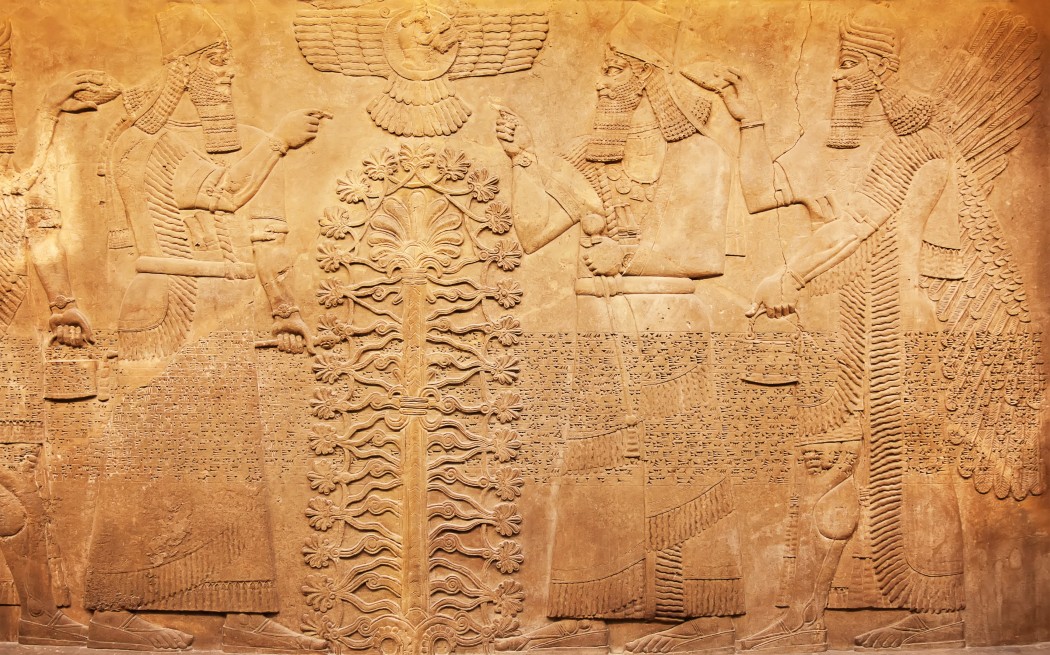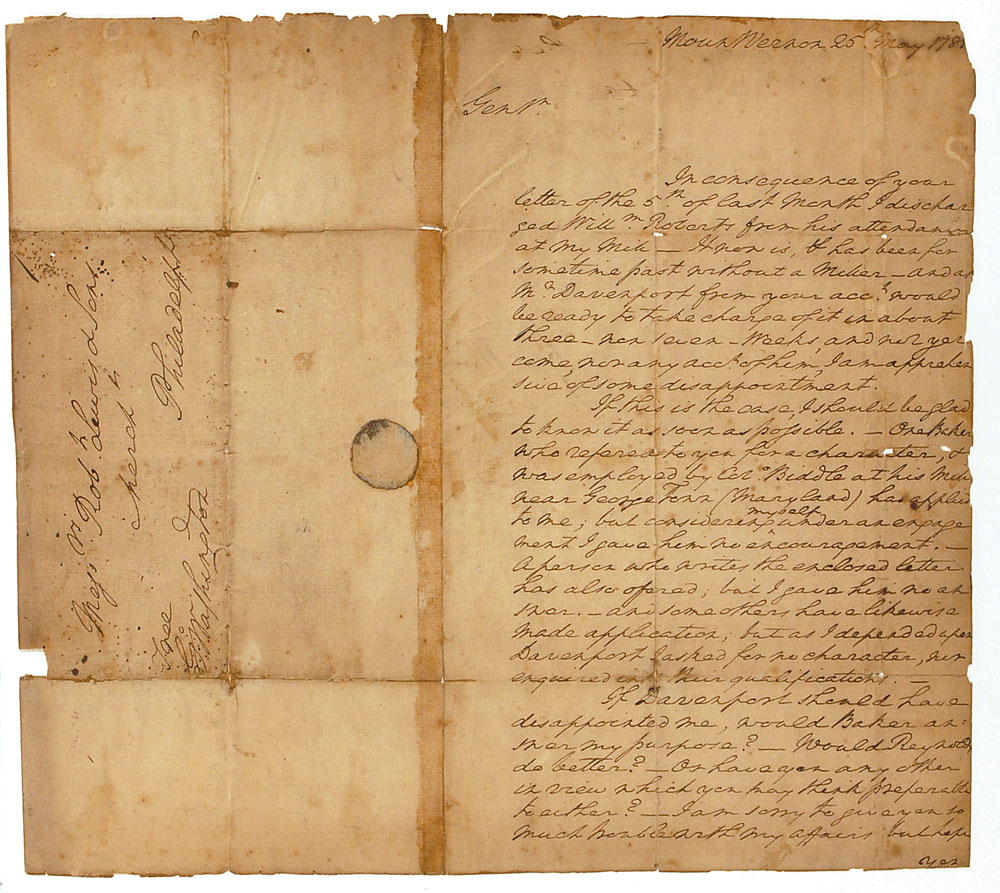Having a digital artifact can be a really great thing. It is extremely easy to access, no matter where you are. It also will always be up, unless taken down by the owner. I guess some disadvantages to making an artifact digital could be that someone who does not use technology could not access it. Unless there is another way to access digital artifacts, then someone who is not technologically savvy would not be able to see or read it.
- Are we interacting with textual material on the screen more than on the (manuscript or printed) page, and if so, how are our research practices changing?
I believe that these days technology is such a big aspect of life. Without technology, it is very hard to stay in loop with everything that happens around the world, and it is hard to stay in contact with other people. I think that we are interacting with textual material on the screen more. There are still paper copies of textbooks and documents, but most books are all online, so it would be much easier to access that on the internet, so that is what most people do. Because of this, research probably is changing more and more. It probably makes things easier having everything on your device, instead of a bunch of paper copies everywhere. This probably makes research easier because one can share their documents or notes to others by just emailing or sharing them online.
- Do digital versions of material texts highlight physical elements of texts that might otherwise pass unremarked?
On the subject of texts online, some might think that having these online, it would take away certain aspects of the textbook that could not be seen unless it was on paper. Unless there is a textured page in the book, I do not think that that would be an issue. All of the writing and images would still be online, and having it online would probably make it even easier to read. I think that having the text online would be pretty much the same as having it in front of you, reading wise.
- What sources of knowledge and serendipitous discovery can be provided only in the physical archive? The digital archive?
Having archives digitized versus having the physical copy could have some differences. If it is a handwritten document, the physical copy would allow you to feel the texture of the writing, and possibly the texture of an image that is hand drawn or painted. This would allow one to possibly feel more connected to the archive, and it also could help a researcher find out more information about the document or artwork. Having something like this online would allow one to be able to read it more clearly because you can zoom in better online. Also if the writing is blurry, there is technology that could make it clearer and easier to read.

This is an artifact that clearly has texture, so if this was digital versus the real copy, a researcher would be able to see and feel different things.

This paper artifact is something that would most likely not have texture, but it is clearly hard to read and is probably in a different language. Having it digitized could help it become easier to read, and technology could probably easily translate it.
Caroline Walsh is a sophomore at Bucknell University and is from Needham, Massachusetts. She has two sisters, including an identical twin, who also attend Bucknell. Caroline is a member of the women’s lacrosse team on campus and enjoys hanging out with her friends.
